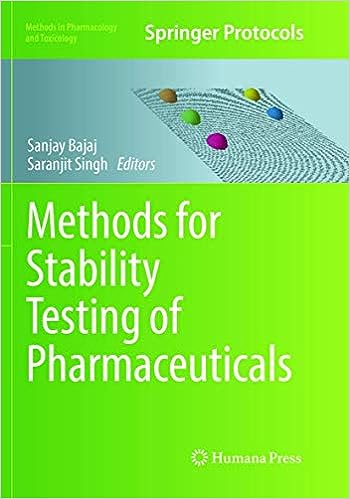The European Medicines Agency (EMA) Guideline on Stability Testing for Existing Active Substances and Related Finished Products
This guideline serves as a comprehensive resource for pharmaceutical manufacturers, regulatory authorities, and other stakeholders involved in ensuring the quality, safety, and efficacy of existing drug products throughout their shelf life.
Stability testing is a fundamental aspect of pharmaceutical development and quality assurance. It involves subjecting pharmaceutical products to various environmental conditions over time to assess their stability, potency, and other critical attributes. The EMA guideline specifically addresses stability testing for active substances and finished products that are already approved and on the market.
The guideline
One of the key principles emphasized in the guideline is the establishment of a comprehensive stability testing program. This program should include long-term, accelerated, and intermediate stability studies. Long-term studies involve storing samples under recommended storage conditions for the anticipated shelf life of the product. Accelerated studies subject samples to higher temperatures and humidity levels to predict degradation pathways in a shorter time. Intermediate studies bridge the gap between long-term and accelerated studies, providing additional information on stability.
The EMA guideline provides detailed recommendations for the design and conduct of stability studies. It outlines the specific testing parameters, sampling plans, and analytical methods that should be employed. The guideline emphasizes the importance of using stability-indicating methods that can accurately detect and quantify degradation products. These methods are essential for assessing the stability of both the active substance and the finished product.
Moreover, the guideline highlights the significance of establishing appropriate acceptance criteria for stability data interpretation. The acceptance criteria should be based on scientific understanding, statistical principles, and regulatory requirements. It’s crucial to determine when the product’s quality attributes are no longer acceptable due to degradation and to define the acceptable limits.
The document also addresses various factors that can influence stability, including container-closure systems, reconstitution, and dilution procedures. It emphasizes the need to consider real-world conditions, such as shipping and distribution, when designing stability studies. Additionally, the guideline provides guidance on managing stability studies for products with limited available data.
The EMA guideline places significant emphasis on the role of regulatory authorities in reviewing stability data and making decisions based on the outcomes of stability studies. Manufacturers are required to submit stability data as part of the regulatory submissions, including variations, renewals, and updates. Regulatory agencies evaluate these data to ensure that the product’s quality, safety, and efficacy are maintained over time.
In conclusion, the EMA Guideline on Stability Testing for Existing Active Substances and Related Finished Products plays a pivotal role in ensuring the continued quality and efficacy of pharmaceutical products that are already on the market. By providing clear principles, methodologies, and considerations for stability testing, the guideline enables pharmaceutical manufacturers and regulatory authorities to collaborate effectively in maintaining the safety and efficacy of medicines for patients. As a cornerstone of pharmaceutical quality assurance, this guideline serves as an essential resource for the pharmaceutical industry in Europe and beyond.

